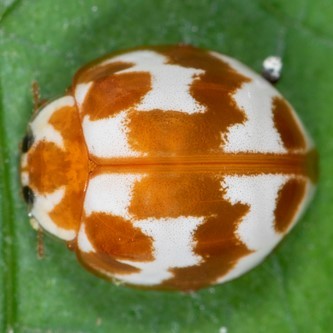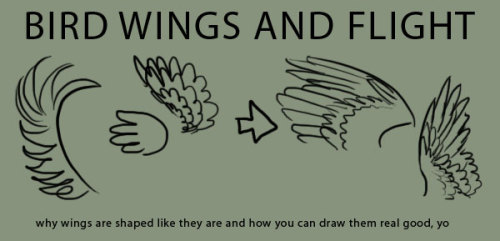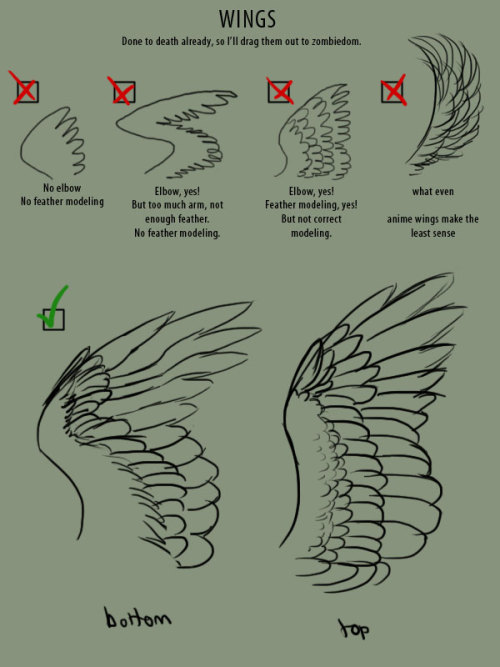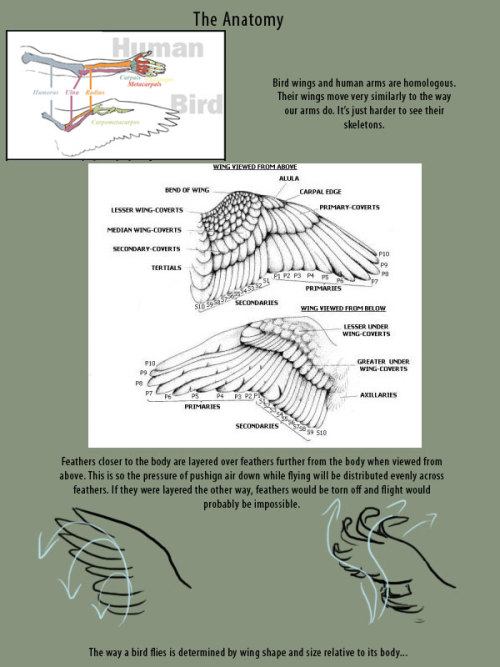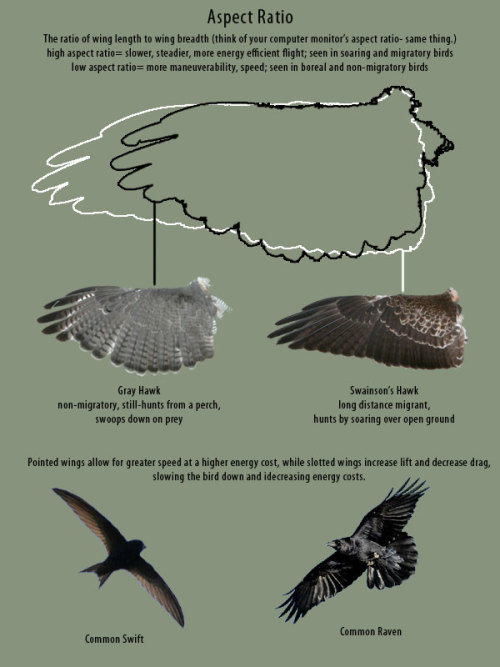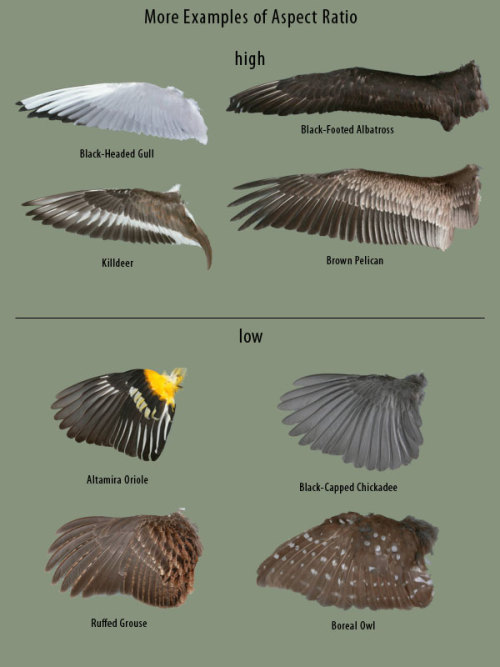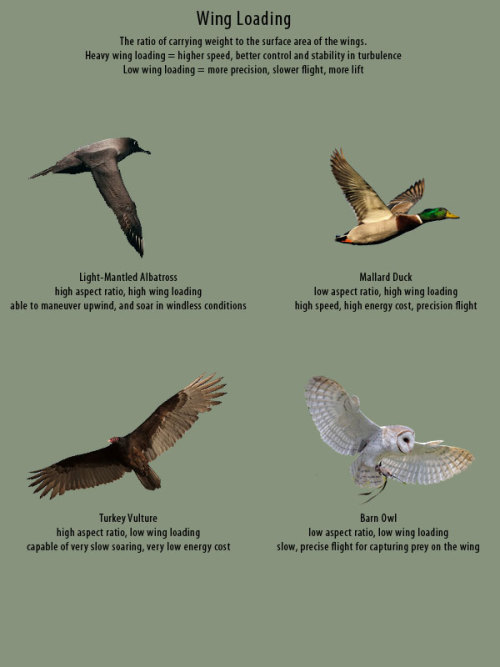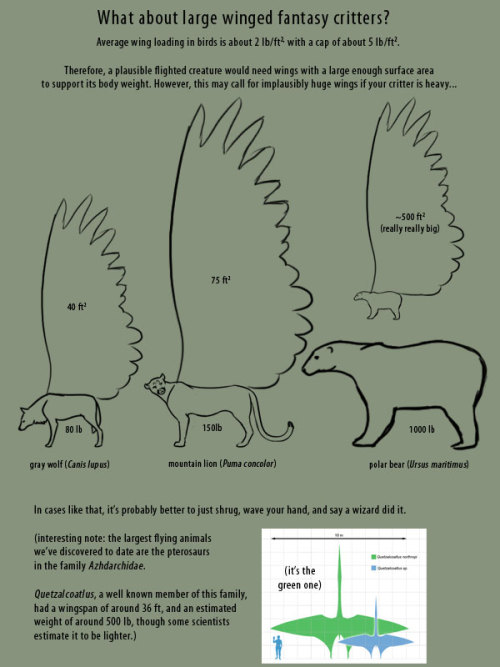Please Dear God Everyone Look At This Przewalski's Horse I Found On Inaturalist

please dear god everyone look at this przewalski's horse i found on inaturalist
More Posts from Goblin-in-the-rain and Others
Is this important? No!
Am I gonna keep making stuff like this? Probably!

Water flea giving birth By: John A. L. Cooke From: The Complete Encyclopedia of the Animal World 1980



Can you believe that there are people who live so close to the ocean that they can just think “hey, I should go to the ocean” and then they just do???
Moth Of The Day #123
Blair's Mocha
Cyclophora puppillaria
From the geomtridae family. They have a wingspan of 28-36 mm. They tend to inhabit open and coastal habitats, but are also occasionally seen in woodland. They can be found in Europe and North Africa to the Caucasus area.


Moths. Feathers. Moths with feathers*!!
*These feathers are brought to you by CONVERGENT EVOLUTION!
So, here's the Alucitidae Family!! Commonly known as the many-plumed moths!! (Note, there’s also just plume moths, in the Pterophoridae family, but I wanted to talk about these ones today)

Their wings are really something else! Each wing is made up of about 6 flexible spines from which bristles (similar to the barbs of bird feathers) project laterally forming feathers! There are about 200 species known, they are pretty small, the wingspan of adults ranging from 7-28mm. They are distributed in temperate and subtropical regions worldwide and, not surprisingly, are mostly nocturnal and some crepuscular. Their larvae tunnel through the leaves and buds of various shrubs, the larvae of the type species for example, Alucita hexadactyla (pictured above as adult, as larva below), feeds on honeysuckle!
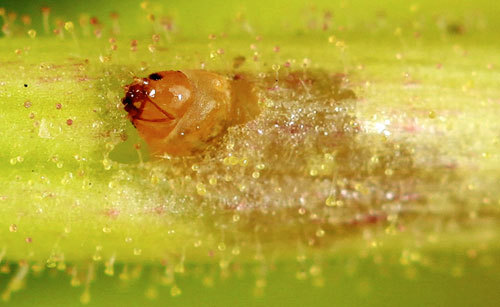
Also as a little fun fact, until 2004 there was only one species of many-plumed moth known to live in North America, A. montana (lowest photo) which was by the way mistaken to be the same as the European type species I talked above, since then however, two more species have been discovered by Bernard and Jean-François Landry, A. adriendenisi (left) and A. lalannei (right)!



Mothman's fashionable brother.
-
 bighammerkirby liked this · 1 week ago
bighammerkirby liked this · 1 week ago -
 yisalltherumgone liked this · 1 week ago
yisalltherumgone liked this · 1 week ago -
 silly-rainbow-worm liked this · 1 week ago
silly-rainbow-worm liked this · 1 week ago -
 booty-bumpin-mischief reblogged this · 1 week ago
booty-bumpin-mischief reblogged this · 1 week ago -
 thatguyouliked liked this · 1 week ago
thatguyouliked liked this · 1 week ago -
 heyomaple reblogged this · 1 week ago
heyomaple reblogged this · 1 week ago -
 sayanrougshaban liked this · 1 week ago
sayanrougshaban liked this · 1 week ago -
 dullhare liked this · 1 week ago
dullhare liked this · 1 week ago -
 trapped-inside-a-dino-skeleton reblogged this · 1 week ago
trapped-inside-a-dino-skeleton reblogged this · 1 week ago -
 trapped-inside-a-dino-skeleton liked this · 1 week ago
trapped-inside-a-dino-skeleton liked this · 1 week ago -
 itsthekiks reblogged this · 1 week ago
itsthekiks reblogged this · 1 week ago -
 fox-yapping liked this · 1 week ago
fox-yapping liked this · 1 week ago -
 therewillbejoy liked this · 1 week ago
therewillbejoy liked this · 1 week ago -
 typefacebear liked this · 1 week ago
typefacebear liked this · 1 week ago -
 champ-wiggle liked this · 1 week ago
champ-wiggle liked this · 1 week ago -
 knifelessons liked this · 1 week ago
knifelessons liked this · 1 week ago -
 sibred liked this · 1 week ago
sibred liked this · 1 week ago -
 samedragontime liked this · 1 week ago
samedragontime liked this · 1 week ago -
 cyberpagan liked this · 1 week ago
cyberpagan liked this · 1 week ago -
 ultrakahlannightwing reblogged this · 1 week ago
ultrakahlannightwing reblogged this · 1 week ago -
 shotgunhobo7 liked this · 1 week ago
shotgunhobo7 liked this · 1 week ago -
 hunkychewbacca reblogged this · 1 week ago
hunkychewbacca reblogged this · 1 week ago -
 t3sticles reblogged this · 1 week ago
t3sticles reblogged this · 1 week ago -
 pepsimansthickjuicymeatyschlong reblogged this · 1 week ago
pepsimansthickjuicymeatyschlong reblogged this · 1 week ago -
 pepsimansthickjuicymeatyschlong liked this · 1 week ago
pepsimansthickjuicymeatyschlong liked this · 1 week ago -
 umsicht liked this · 1 week ago
umsicht liked this · 1 week ago -
 boba-online liked this · 1 week ago
boba-online liked this · 1 week ago -
 mehrmehr liked this · 1 week ago
mehrmehr liked this · 1 week ago -
 tytoalbion reblogged this · 1 week ago
tytoalbion reblogged this · 1 week ago -
 softfeelingsandangstywriting liked this · 1 week ago
softfeelingsandangstywriting liked this · 1 week ago -
 girlboccaccio liked this · 1 week ago
girlboccaccio liked this · 1 week ago -
 holdthegirrrl liked this · 1 week ago
holdthegirrrl liked this · 1 week ago -
 pleopeltispolypodioides liked this · 1 week ago
pleopeltispolypodioides liked this · 1 week ago -
 d0gbite liked this · 1 week ago
d0gbite liked this · 1 week ago -
 specss00 reblogged this · 1 week ago
specss00 reblogged this · 1 week ago -
 specss00 liked this · 1 week ago
specss00 liked this · 1 week ago -
 coastsound liked this · 1 week ago
coastsound liked this · 1 week ago -
 shadowthief78 reblogged this · 1 week ago
shadowthief78 reblogged this · 1 week ago -
 silverfishdefender liked this · 1 week ago
silverfishdefender liked this · 1 week ago -
 silverfishdefender reblogged this · 1 week ago
silverfishdefender reblogged this · 1 week ago -
 phantomoftheshoppera reblogged this · 1 week ago
phantomoftheshoppera reblogged this · 1 week ago -
 sickmarrieddying liked this · 1 week ago
sickmarrieddying liked this · 1 week ago -
 village-skeptic liked this · 1 week ago
village-skeptic liked this · 1 week ago -
 teacupfullofstars reblogged this · 1 week ago
teacupfullofstars reblogged this · 1 week ago -
 teacupfullofstars liked this · 1 week ago
teacupfullofstars liked this · 1 week ago -
 aflockofyeetgulls liked this · 1 week ago
aflockofyeetgulls liked this · 1 week ago -
 alienghostbeebaby reblogged this · 1 week ago
alienghostbeebaby reblogged this · 1 week ago -
 alienghostbeebaby liked this · 1 week ago
alienghostbeebaby liked this · 1 week ago -
 weenhand reblogged this · 1 week ago
weenhand reblogged this · 1 week ago -
 theflirtmeister reblogged this · 1 week ago
theflirtmeister reblogged this · 1 week ago

Hi it’s me puddleorganism if you’re confused why you got a billion hoops from me
298 posts




